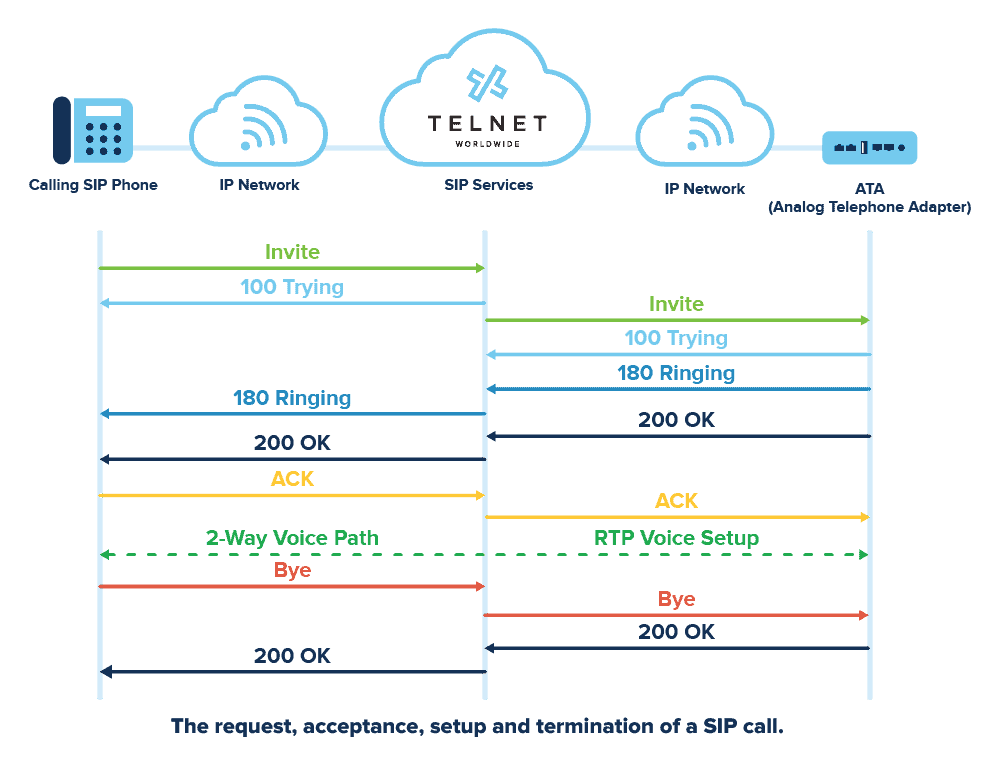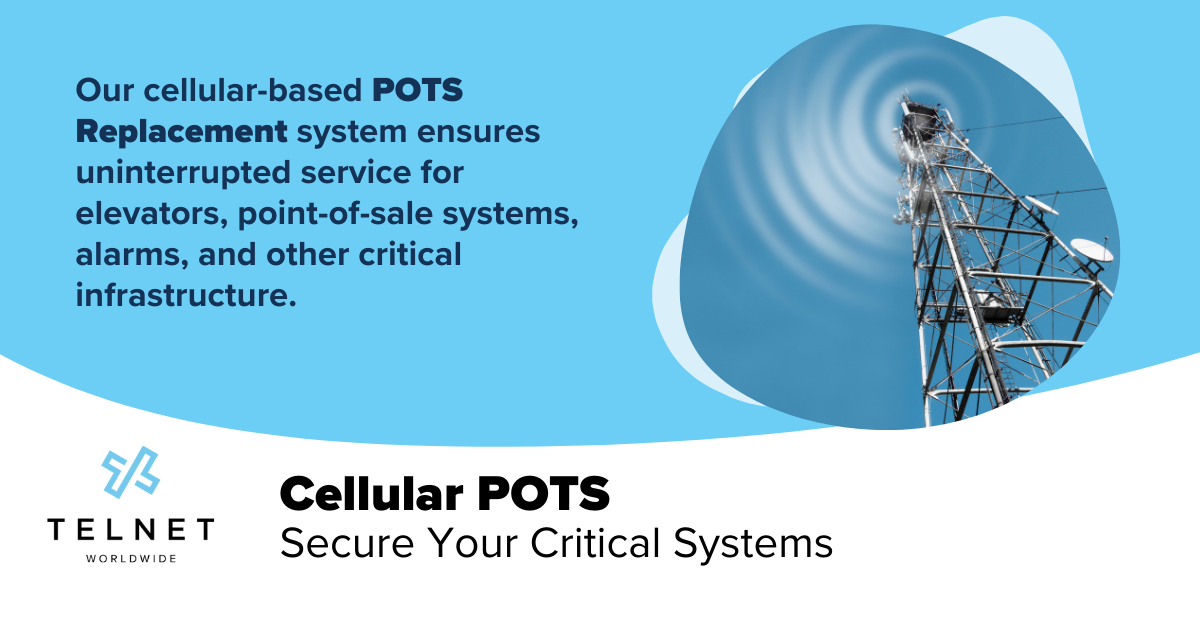Shorthand for Session Initiation Protocol, SIP is a signaling protocol that allows users to make, receive, update and end a “session” in real time. Sessions can include voice calls, video conferences, messaging and other multimedia exchanges. This protocol is what allows two or more endpoints on IP networks to communicate with each other.
SIP was originally approved by the Internet Engineering Task Force (IETF) all the way back in 1996 because voice engineers wanted a protocol that could support mobility, interoperability and growing multimedia needs. It was standardized in 1999 in an effort to meet the ever-evolving demands of IP communications.
How SIP Works
At the most basic level, the architecture of SIP is made up of endpoints and servers. Softphones, mobile devices, PBXs, and IP phones are all examples of endpoints. SIP is very similar to other application layer protocols that are text-based, like HTTP. It uses the same request-response transaction, meaning that requests are received from one endpoint (i.e. someone initiating a call), and responses are collected through a server between the two or more endpoints (i.e. someone answering the call or letting it go to voicemail).
Like HTTP, SIP also uses method fields to determine the type of request, header fields to configure the request and status codes that express the result of the request. There are 14 different request methods for SIP:
- INVITE: An indication that the recipient is being invited to participate in a session
- ACK: A confirmation that the caller has received a response to the request
- CANCEL: A cancellation of any pending request
- OPTIONS: A inquiry into the capability of a server
- REGISTER: A registration of the address in the To header field with a SIP server
- PRACK: A provisional acknowledgement from the recipient
- SUBSCRIBE: A subscription for an Event of Notification from the notifier
- NOTIFY: A notification to the subscriber of a new Event
- PUBLISH: A publication of an Event to the server
- INFO: A distribution of information that does not change the session state but occurs mid-session
- REFER: A request to the recipient to transfer
- MESSAGE: A delivery of instant messages via SIP
- UPDATE: A modification of a session
While there are many different Header Fields used to configure a SIP request message, these are the most common for a typical call:
- Via: The address to be used when routing replies back to the caller
- From: The SIP Uniform Resource Identifier (URI) of the caller
- To: The SIP URI of the recipient
- Call-ID: The caller’s unique domain
And of course, no communication is complete without some feedback. That’s where status codes come in. Here are a handful of the most common:
- 100: The server is trying to reach the recipient
- 180: The recipient endpoint is ringing
- 181: The call is being forwarded
- 200: The call is successful
- 404: The recipient does not exist
The Backbone of VoIP
At the end of the day, SIP is the protocol supporting most voice solutions today, from SIP Trunking to Cloud PBX. It’s one of the technologies that enables VoIP by defining the messages sent between endpoints, and allowing for the initiation, termination and updates during a call (or video conference, instant message or other applications).
SIP allows organizations to move beyond the need for legacy phone systems by providing a direct connection between a PBX and the public telephone network. At TelNet Worldwide, we deliver SIP to a multitude of endpoints, so all of your communication needs are covered.
Want to know more about how SIP can empower your business communications? Get in touch today!






